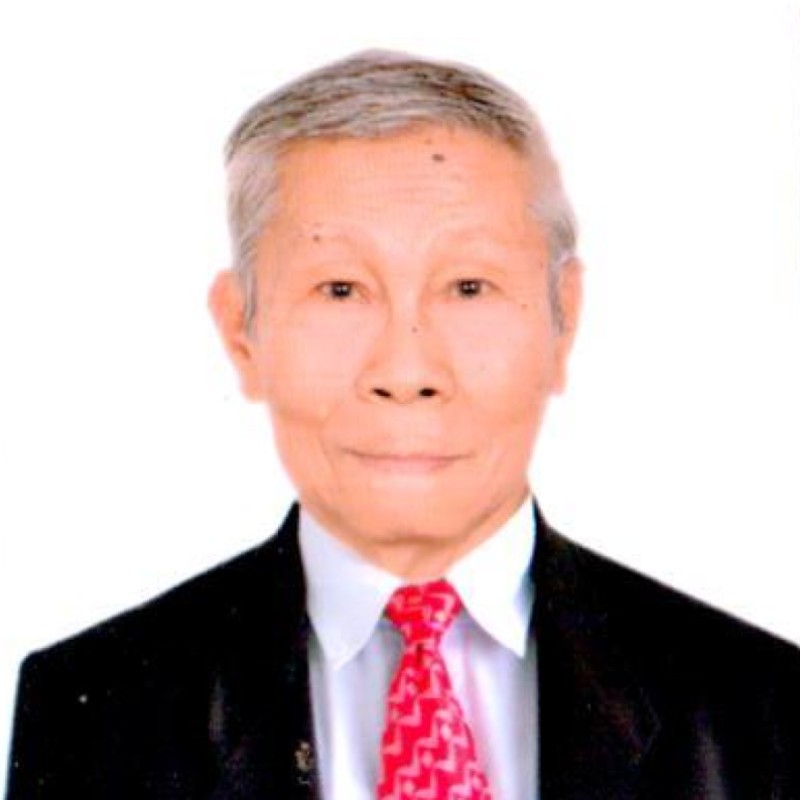GLIMPSES & GAZES
By Severino C. Samonte
The significance of September in PH history
Share
Among the so-called four "ber" months of the year, September can be considered as the most significant for being the birth month of four of the 17 Philippine presidents so far since 1898, including a father and his son 57 years apart.
The late fourth Philippine president, Sergio S. Osmena Sr. (1944-1946), was born in Cebu on Sept. 9, 1878. He also served as vice president to Commonwealth President Manuel L. Quezon. His son, Sergio Osmena Jr., a former senator, ran for the presidency in 1969 but was not successful.
The ninth Filipino president, Diosdado P. Macapagal (1961-1965), was born in Pampanga on Sept. 28, 1910. He was vice president from 1957 until his election to the presidency in November 1961. His daughter, Gloria Macapagal-Arroyo also became president from Jan. 21, 2001 to June 30, 2010. She was previously elected as vice president from June 30, 1998.
The country's 10th president, Ferdinand E. Marcos Sr. (1965-1986), was born in Ilocos Norte on Sept. 11, 1917. A former congressman and Senate president, Marcos was the first to be reelected as president in 1969.
His only son, Ferdinand R. Marcos Jr., the 17th and incumbent president, was born on Sept. 13, 1957. A former provincial governor, congressman and senator, the young Marcos won the presidential post in the May 2022 elections.
The elder Marcos is well-remembered for his declaration of a nationwide martial law on Sept. 21, 1972 and for instituting a modified federal system of government under the 1973 Constitution which was abolished by the 1986 Charter promulgated during the incumbency of President Corazon C. Aquino (1986-1992).
Another event which could be considered making the month of September significant was the death of the elder Marcos while still in exile in Hawaii on Sept. 28, 1989, a date which marked the 79th birthday of his predecessor, President Diosdado Macapagal.
Meanwhile, following is a list of some of the other significant September events in Philippine history (not in chronological order) as carried by the 1998 Centennial Edition of Filway Marketing Inc.'s Philippine Students' Almanac edited by Children's Communications Center Director and National Artist for Literature Virgilio S. Almario:
* Sept. 1, 1900 -- Establishment of the Civil Service in the Philippines through Philippine Commission Act No. 5.
* Sept. 1, 1901 -- The Philippine Normal School was established by the American government in the Philippines through Act No. 416. This became the Philippine Normal College (PNC). On Dec. 26, 1991, R.A. No. 7168 elevated PNC into a state university and renamed it Philippine Normal University.
* Sept. 1, 1910 -- The Philippine General Hospital (PGH) was established on Taft Ave., Manila. In 1947, it became an affiliate of the University of the Philippines College of Medicine and College of Nursing.
* Sept. 11, 1969 -- Inauguration of the Cultural Center of the Philippines (CCP) which was established by then First Lady Imelda R. Marcos on a Manila Bay reclaimed land along Roxas Blvd. in Manila.
* Sept. 5, 1976 -- Inauguration of the Philippine International Convention Center (PICC) at the CCP Complex.
* Sept. 12, 1896 -- Execution of the 13 Martyrs of Cavite at the Port of San Felipe in Cavite.
*Sept. 8, 1954 --Formation in Manila of the Southeast Asia Treaty Organization (SEATO) to deter communism in the region. Composed of the Philippines, United States, Great Britain, France, Australia, New Zealand, Pakistan and Thailand, it was dissolved in 1977.
* Sept. 13, 1907 -- Execution by the Americans of revolutionary leader Macario Sacay, considered as president of the Republikang Tagalog.
* Sept. 13, 1986 -- Signing of the Generics Act or Republic Act No. 6675 by President Corazon C. Aquino. It provided for the prescription and production of drugs and medicines identified by their generic names.
* Sept. 15, 1898 -- Opening of the Malolos Congress at the Barasoain Church in Malolos, Bulacan.
* Sept. 16, 1991 -- Rejection by the Philippine Senate of the Treaty of Friendship, Cooperation and Security that would extend the stay of the United States military bases in the Philippines.
*Sept. 29, 1637 -- Death of the first Filipino Saint, Lorenzo Ruiz, in Nagasaki, Japan.
Comments
About the Columnist

He began his journalistic career by contributing to the Liwayway and Bulaklak magazines in the 1960’s. He was the night editor of the Philippine News Service when Martial Law was declared in September 1972. When the Philippine News Agency was organized in March 1973, he was named national news editor because of his news wire service experience.
He retired as executive news editor in 2003. He also served as executive editor of the Malacanang-based Presidential News Desk from 1993 to 1996 and from 2005 to 2008.
